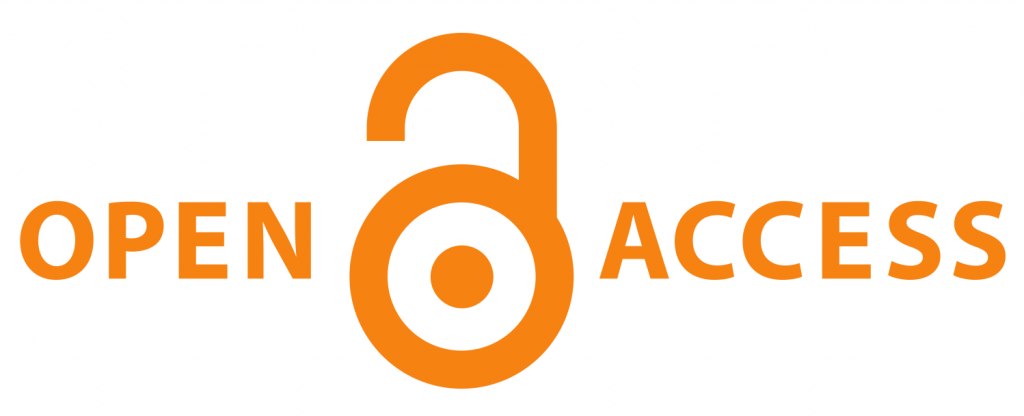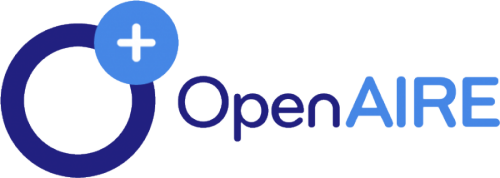Heart Rate Variability and Blood Pressure: Insights into Autonomic Regulation and Cardiovascular Health
DOI:
https://doi.org/10.21760/jaims.10.4.18Keywords:
Autonomic nervous system, sympathetic nervous system, parasympathetic nervous system, heart rate variability, blood pressure regulation, baroreflexAbstract
The autonomic nervous system (ANS) is essential for regulating cardiovascular activity, ensuring homeostasis, and adapting to bodily needs. This review article delves into the complex mechanisms of how the autonomic system influences the cardiovascular framework, emphasizing the interplay between the sympathetic nervous system (SNS) and the parasympathetic nervous system (PNS). The SNS is responsible for increasing heart rate, enhancing the heart's contractile strength, and constricting blood vessels, while the PNS promotes relaxation by lowering heart rate and encouraging vasodilation. Maintaining an appropriate balance between these two systems is vital for cardiovascular health, as imbalances can lead to issues such as hypertension, heart failure, and arrhythmias. Heart rate variability (HRV) serves as a non-invasive indicator of autonomic function, aiding in the evaluation of autonomic balance and the prediction of cardiovascular risk. An autonomic imbalance, particularly characterized by chronic overactivity of the sympathetic system and diminished parasympathetic influence, is linked to negative cardiovascular effects. The baroreflex mechanism, which plays a pivotal role in blood pressure regulation, is also discussed concerning autonomic dysfunction. Furthermore, the article emphasizes how lifestyle factors can affect autonomic regulation and offers information on therapeutic options, including both pharmacological treatments and non-drug strategies like exercise and stress management. Overall, a comprehensive understanding of autonomic regulation and its significance in cardiovascular health is crucial for the prevention and treatment of cardiovascular diseases.
Downloads
References
Raymond D, Gourshettiwar P, Kumar P. Knowledge on physiology and functions of autonomic nervous system. AIP Conf Proc. 2024.
Herhaus B, Bastianon C, Ghassabei S, Petrowski K. Fight or flight: The effect of heart rate reactivity on acute stress-induced food intake. Physiol Behav. 2022 Mar 15;246:113704.
Occhinegro A. Central and peripheral manipulation of the sympathetic nervous system to study immune, thermoregulatory and sleep-related neural functions. unibo.it. 2021.
Hafez OA, Chang RB. Regulation of cardiac function by the autonomic nervous system. Physiology. 2024.
Gronda E, Dusi V, D’Elia E, Iacoviello M, Benvenuto E, Vanoli E. Sympathetic activation in heart failure. Eur Heart J Suppl. 2022 Sep 1;24(Supplement_E):E4-11.
Peyser D, Scolnick B, Hildebrandt T, Taylor JA. Heart rate variability as a biomarker for anorexia nervosa: A review. Eur Eat Disord Rev. 2021 Jan;29(1):20-31.
Mathersul DC, Dixit K, Schulz-Heik RJ, Avery TJ, Zeitzer JM, Bayley PJ. Emotion dysregulation and heart rate variability improve in US veterans undergoing treatment for PTSD: Secondary exploratory analyses from a randomized controlled trial. BMC Psychiatry. 2022 Apr 15;22(1):268.
Frasch MG. Heart rate as a non-invasive biomarker of inflammation: implications for digital health. Front Immunol. 2022.
Meléndez-Fernández OH, Walton JC, DeVries AC, Nelson RJ. Clocks, rhythms, sex, and hearts: How disrupted circadian rhythms, time-of-day, and sex influence cardiovascular health. Biomolecules. 2021 Jun 14;11(6):883.
Gentile F, Emdin M, Passino C, Montuoro S, Tognini P, Floras JS, O’Neill J, Giannoni A. The chronobiology of human heart failure: clinical implications and therapeutic opportunities. Heart Fail Rev. 2025 Jan;30(1):103-16.
Payne S, Mai VP. Human whole-brain models of cerebral blood flow and oxygen transport. Brain Multiphys. 2023.
Dunn ME, Kithcart A, Kim JH, Ho AJ, Franklin MC, Romero Hernandez A, de Hoon J, Botermans W, Meyer J, Jin X, Zhang D. Agonist antibody to guanylate cyclase receptor NPR1 regulates vascular tone. Nature. 2024 Sep 19;633(8030):654-61.
Makarem N, Alcántara C, Williams N, Bello NA, Abdalla M. Effect of sleep disturbances on blood pressure. Hypertension. 2021 Apr;77(4):1036-46.
Obidovna DZ, Sulaymonovich DS. Physical activity and its impact on human health and longevity. Достижения науки и образования. 2022(2(82)):120-6.
Wilasrusmee KT, Sitticharoon C, Keadkraichaiwat I, Maikaew P, Pongwattanapakin K, Chatree S, Sririwichitchai R, Churintaraphan M. Epigallocatechin gallate enhances sympathetic heart rate variability and decreases blood pressure in obese subjects: a randomized control trial. Sci Rep. 2024 Sep 16;14(1):21628.
Pernice R, Sparacino L, Nollo G, Stivala S, Busacca A, Faes L. Comparison of frequency domain measures based on spectral decomposition for spontaneous baroreflex sensitivity assessment after acute myocardial infarction. Biomed Signal Process Control. 2021 Jul 1;68:102680.
Kruszewska J, Cudnoch-Jedrzejewska A, Czarzasta K. Remodeling and fibrosis of the cardiac muscle in the course of obesity—pathogenesis and involvement of the extracellular matrix. Int J Mol Sci. 2022 Apr 11;23(8):4195.
Khan AA, Junejo RT, Thomas GN, Fisher JP, Lip GY. Heart rate variability in patients with atrial fibrillation and hypertension. Eur J Clin Invest. 2021 Jan;51(1):e13361.
Carnevale D, Lembo G. Neuroimmune interactions in cardiovascular diseases. Cardiovasc Res. 2021.
Blitshteyn S, Whiteson J, Abramoff B, Azola A, Bartels MN, Bhavaraju-Sanka R, Chung T, Fleming TK, Henning E, Miglis MG, Sampsel S. Multi-disciplinary collaborative consensus guidance statement on the assessment and treatment of autonomic dysfunction in patients with post-acute sequelae of SARS-CoV-2 infection (PASC). PM&R. 2022 Sep 28:10-02.
Cohen S, Kaplan G, Grossman P. Yoga and heart rate variability: a systematic review. J Behav Med. 2013;36(4):418-426. https://doi.org/10.1007/s10865-013-9474-0
Kim D, Lee Y, Jeong J, Kim S. Stimulation method and individual health index study for real-time cardiovascular and autonomic nervous system reactivity analysis using PPG signal. Biomed Signal Process Control. 2022.















